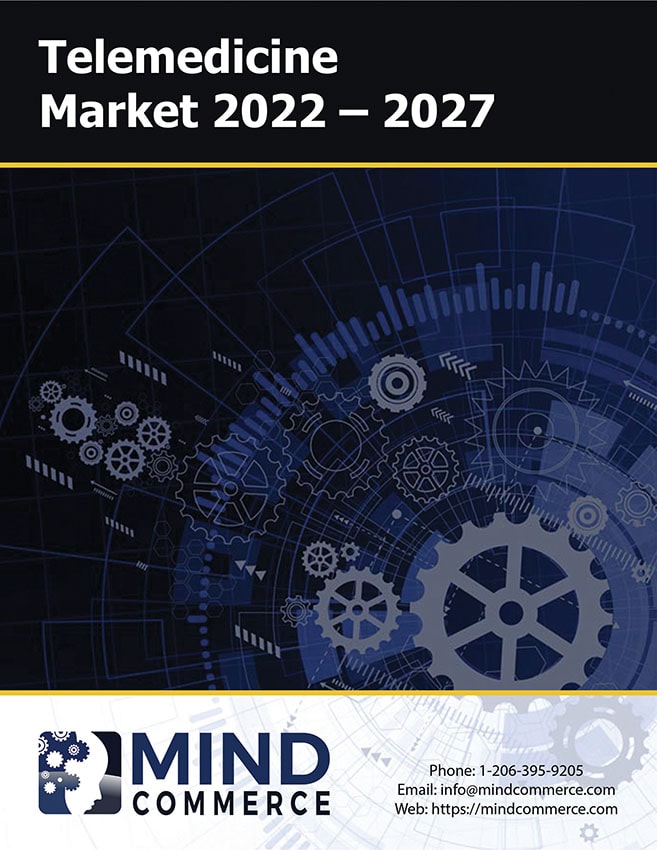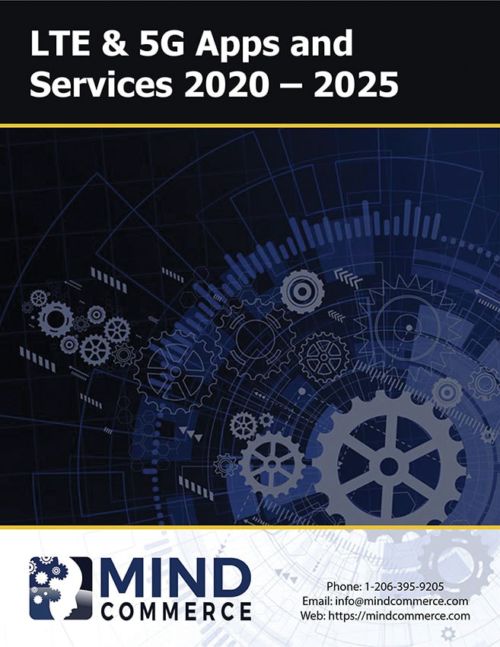Description
The telemedicine market represents the provision of healthcare services to the people at a distance using software solutions and telecommunication technology. It connects patients with doctors or physicians or other healthcare providers commonly used by hospitals, clinics, and telemedicine service providers. Advanced wireless and networking technologies, coupled with recent advances in biotechnology, biosensors and software engineering, have enabled promising growth in telemedicine healthcare ecosystems.
Telemedicine Market Dynamics
Expert medical care delivered via telemedicine can significantly improve healthcare services for rural areas, remote locations, and underdeveloped nations. For the developed nations, telemedicine is increasingly gaining popularity due to its high potential for cost savings, healthcare availability, and increased efficiency in healthcare service delivery. As the recent COVID-19 pandemic has made abundantly clear, uninterrupted access to healthcare services is a critical need for society.
There is also a crucial need to reduce ever-expanding societal healthcare costs. This is particularly the case for the aging population in developed countries. For example, a couple in the United States that plans to retire in 10 years can expect to pay over $300,000 during retirement on healthcare (an amount equaling about 90% of their lifetime Social Security benefits).
By 2050, the global population is anticipated to reach nearly 10 billion. One in six of those people will be over age 65 with 426 million aged 80 years or over. The 65+ year old age bracket is the fastest growing segment, which correlates with steady growth in life expectancy worldwide. In 1960, the average UK citizen would live until about 70, but now 80 years old is the expected age of death. The United States has similar numbers. However, life expectancy in China has dramatically increased from mid-forties in 1960 to mid-seventies today.
Telemedicine Market Drivers
While there are many technological factors driving the market, such as more ubiquitous broadband communications and machine-to-machine communications, there are a few fundamental market drivers that ensure ongoing growth for the telemedicine market. The following factors apply to the general population as a whole, but particularly to senior citizens:
- Cost Savings: Perhaps the best-known advantage of the telemedicine market is the greater financial efficiencies associated with telehealth vs. in-person healthcare delivery, which amounts to a cost savings of $20 to $120 per patient visit.
- Health Safety: For those that are immune-compromised and/or concerned about infections, such as COVID-19, the telemedicine market provides a viable alternative to in-person consultation and treatment.
- Privacy: With Telemedicine market services, there is no need to be concerned about privacy issues associated with in-person service such as people overhearing one’s health issues.
- Time Savings and Convenience: The telemedicine market provides many conveniences and time savings for users as it completely removes travel time to/from a doctor’s office and spending time in a waiting room to be seen.
- Undivided Attention: With a regular doctor visit, there is often distraction as aids come and go. However, the telemedicine market is all about one-on-one focus between the care giver and the patient.
Telemedicine Market Constraints
In fairness, it is important to address the constraining factors within the telemedicine market, which range from technology availability and familiarity to limitations with respect to what can be achieved remotely vs. in person. Certain aspects of telehealth require more than just technology availability – they also require sufficient capacity and/or usability. For example, nothing is more frustrating than a telehealth session that is pixelated because of an inadequate Internet connection, which could be due to limitations at the customer and/or physician site or anywhere in between.
Another limitation of the telemedicine market today is the inability to examine and treat the entire body. While technologies such as sensors, machine-to-machine communications, and wearables are improving the overall experience, the ability to view and diagnose the body as a whole is often limited. We anticipate that there will soon be technologies integrated with telehealth to address these issues, but for now, most systems rely upon conveyed information and limited scanning.
Telemedicine Market Report
This research evaluates the telemedicine market including technologies, solutions, applications, and services. This includes analysis of major players, strategies, and solutions. The report assesses the means of deployment, device, and therapeutic types by solution. The report also analyzes market opportunities by hardware, software, and services by region. This includes forecasts for each major component from 2022 to 2027.






